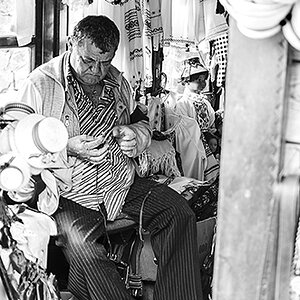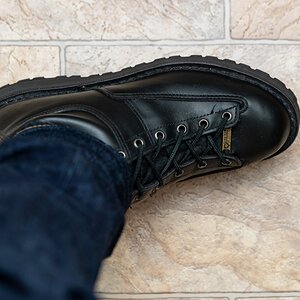k5MOW
No longer a newbie, moving up!
- Joined
- Oct 13, 2015
- Messages
- 231
- Reaction score
- 76
- Location
- Friendswood TX
- Can others edit my Photos
- Photos OK to edit
Good morning
I am considering getting the Tamron autofocus 70-300mm f4.0-5.6 Di LD macro Zoom lens with built-in motor. I would like to use this for wildlife photography. My question is this particular lens does not have vibration reduction. If I am using a fast enough shutter speed the way I see it this should not be too much of a loss. What do you all think will this lens give me decent wildlife shots.
Thanks Roger
I am considering getting the Tamron autofocus 70-300mm f4.0-5.6 Di LD macro Zoom lens with built-in motor. I would like to use this for wildlife photography. My question is this particular lens does not have vibration reduction. If I am using a fast enough shutter speed the way I see it this should not be too much of a loss. What do you all think will this lens give me decent wildlife shots.
Thanks Roger













